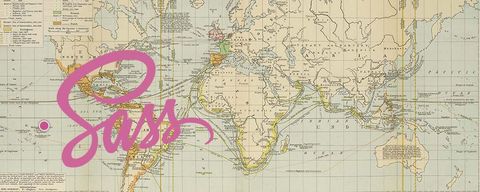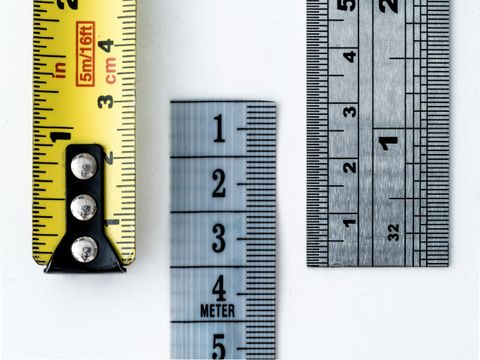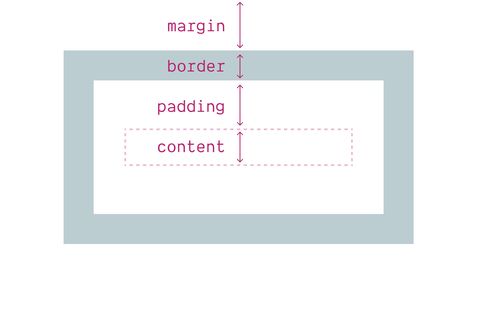When I first heard that Sass 3.3 had no map-set function, I was
confused. Why force me to create a map, and then merge it? That sounds
like two steps to accomplish one simple task! But that’s not the case.
Map-merge is a much more powerful function, and using it to set a key in
an existing map is quite straight-forward. In fact, I couldn’t come up
with a map-set function that shaved off more than a few keystrokes.
Here’s the comparison:
$map: (
1: hello,
2: world,
);
@function map-set($map, $key, $value) {
$new: (
$key: $value,
);
@return map-merge($map, $new);
}
$merge: map-merge(
$map,
(
2: New York,
)
);
$set: map-set($map, 2, New York);



